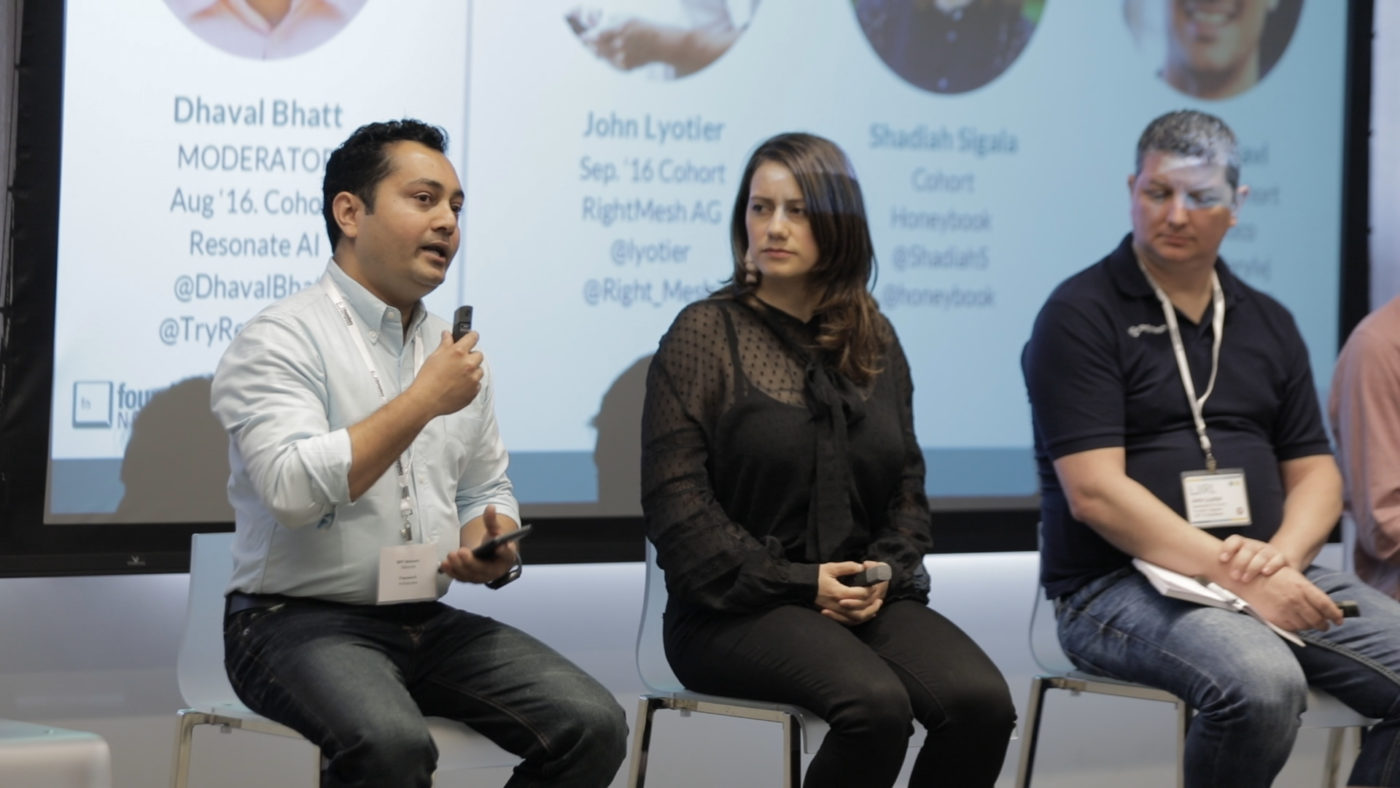
In 2021, startup funding broke records. According to a recent report by Crunchbase, global venture investment last year totaled $643 billion. That’s a 92 percent increase year over year from the $335 billion invested in 2020.
Crunchbase found that early-stage funding showed the greatest increase, at 100 percent growth year over year. In 2021, early-stage funding reached $201 billion, compared to $101 billion in 2020. And the number of companies receiving early-stage funding increased as well. Investors funded 8,000 companies last year, compared to approximately 6,500 in 2020.
The report also indicates that the number of startups raising late-stage funding rounds increased significantly in 2021. The number of unique startups funded grew by more than 50 percent, with 1,000 more startups raising Series C or later fundings in 2021 than in 2020.
According to Newfund Partner Henri Deshays, this increase in funding is due to the volume of investors getting in on startup funding.
“The big change I’ve seen is the amount of money going to the industry, with a lot of new players in the early and latest rounds forcing the funds to invest as early as possible,” says Deshays. “You have hedge funds with a venture program, thus increasing valuations at the late stage, and therefore also prompting traditional VCs to invest even earlier. At seed you have a similar trend. Where there used to be 100 seed funds at best, now a lot of founders in a successful startup have put together a side fund or a syndicate.
“It’s great in the sense that more companies are being funded and more companies are being created. But the level of noise has never been this high. Everyone is saying it is not sustainable and things will get back to the mean. But we’ve been saying that for three years and it hasn’t happened.”
Deshays says today remains the best moment to raise, especially since everyone, especially VCs, are worried about what tomorrow will bring.
On April 27, 2022 Deshays hosted office hours for Founders Network members where he answered questions related to startup funding and how founders can take advantage of new trends.
It’s great in the sense that more companies are being funded and more companies are being created. Share on XThe Rolling SAFE
While many founders might feel pressured to follow traditional startup funding journeys, Deshays recommends considering what’s called the Rolling SAFE. This legal template allows founders to raise money continuously, throughout the whole life of their company up until an IPO. In this way, investors can invest in a company at any time, with the valuation increasing automatically as more funds are raised.
“More and more companies are raising as needed and just continue to increase the cap as new investors are added,” Deshays says. “It’s a great way to continue developing the business. Even if you’re doing separate rounds, a founder is always fundraising in one way or another. Having an open safe is a good way to eventually spend less time on fundraising.”
Having an open safe is a good way to eventually spend less time on fundraising. Share on XFriends and Family
While 38 percent of founders report raising startup funding from their family and friends, this round of fundraising can seem daunting for many. Without friends and family capable of investing, many founders head straight for venture capital funding, but Deshays says that is often a mistake.
“You don’t need to talk to VCs anymore to go and raise pre-seed,” Deshays says. “There’s enough other sources of funding. Friends and family is a poorly used term. But all it means is people you know who are willing to make a small investment to back your endeavor in the very early innings. These are often faster sources of funding than VCs that take longer. They’re also a way to get funding at a good valuation.”
Even though there’s more money, the bar is higher in terms of proof points. Share on XPutting in Work
Due to the increased noise in the market, Deshays says founders need a way to stand out more than ever. That’s why he recommends founders steer away from cold emailing, and hit the road when there is more than a powerpoint.
“The market has changed,” Deshays says. “Two years ago, I would have told a founder, if you really like an investor, go for it. Send a thoughtful and personalized cold email and you’ll get the first meeting. That’s not true anymore, due to the sheer volume of deals that are coming through. I used to receive five investment opportunities on a daily basis. Now it’s more like 20. We have to prioritize and it’s harder to cut through the noise. We do it in two ways, a strong endorsement from a trusted source or compelling metrics.”
“Investors want to see that you’ve already hit some milestones with the small resources at your disposal. Even in later stages, investors want proof that your product can generate revenue. Even though there’s more money, the bar is higher in terms of proof points.”
To learn more about startup funding trends, see if you qualify for membership.






